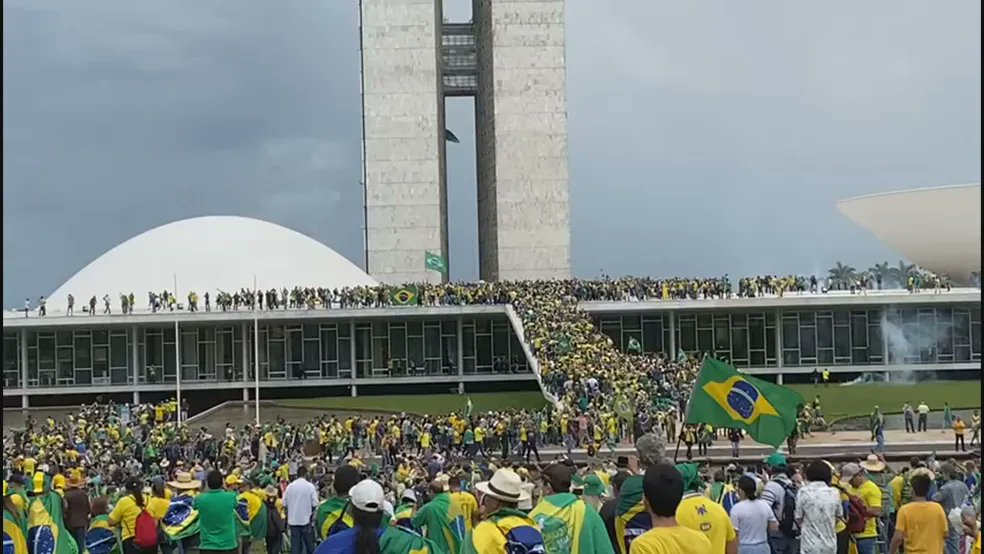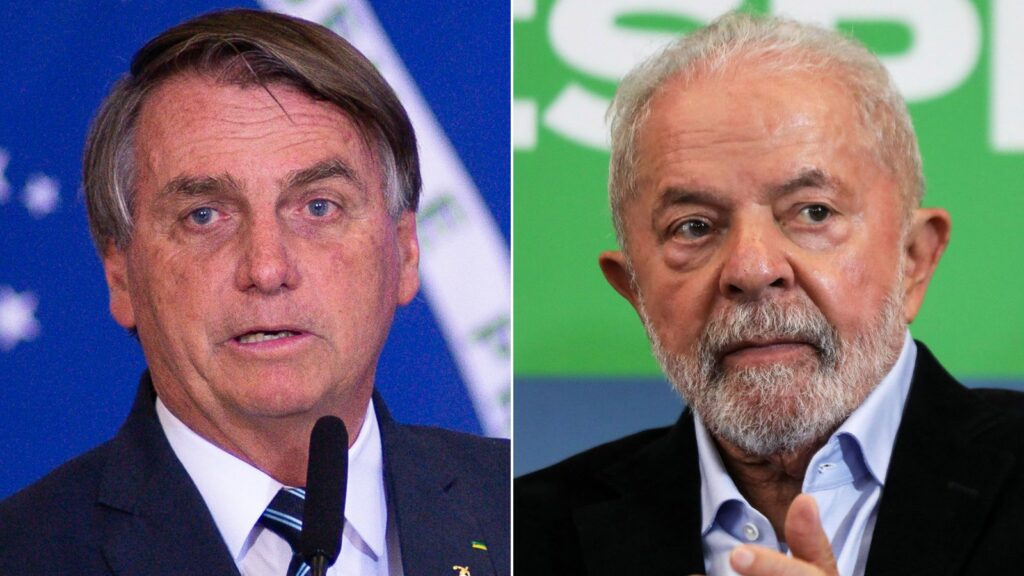
January 9, 2023, saw a major turnaround in Brazilian politics as a huge number of Bolansaro supporters stormed the Brazilian parliament and the Supreme Court. The storming of the country’s democratic institutions comes months after Jair Bolansaro’s election loss against veteran leader Luiz Inacio Silva (LULA) in the tightly contested October elections. Bolansaro’s election loss was a huge upset for his supporters. Bolsonaro, who was elected to power in 2018, was a big hope for far-right politics in Brazil and Latin America. He promised reforms to improve the economy, safeguard the Amazon rainforests, and lead Latin America which caught the attention of the world, particularly the United States, as Trump considered Bolsonaro a major ally. Such was the uniformity between them that Bolansaro was known by the name “Trump of the Tropics.”
Challenges in the economy, a depleting Amazon, and rising inequality in Brazil added to Bolsonaro’s woes in 2020. COVID caused a huge catastrophe in Brazil, a country that witnessed the second highest number of deaths after the USA until 2022, drawing opposition protests. But what was interesting was the behaviour and approach of Bolansaro towards COVID. He didn’t implement lockdown but rather held open rallies at the peak of the pandemic. He also came into the limelight for his comments on the Covid vaccine and in last year’s presidential election, he was finally defeated by a small margin by Lula.
How the Riots unfolded?
It started with a massive number of Bolsanaro supporters marching to the Brazilian Parliament, supreme court and cabinet minister offices, blocking roads, and turning against federal police. Such was the protestor turnout that police in the early hours of the riot retreated from the parliament. Looking at the situation, President Lula, who took oath on January 1, 2023, had to relocate to Sao Paulo for security reasons. In some of the areas, like Rio de Janeiro, police were also seen supporting the protestors. Such was the intensity of the protest that the protestors were seen shouting, “Lula thief, your place is in prison.” Looking at the situation, the federal police took charge and started throwing tear gas at protestors from a helicopter. Following this, the protesters rioted in several places. Locals even said that for a moment it looked like the capital, Brasilia, was at war. Presently the Brazilian authority has control over the protests and has officially declared an end to the protest.
International condemnation followed the huge riots with many targeting Bolansaro supporters. In one of the first reactions, Chilean president Boric condemned the protest, expressed his support for Lula and even went in to say that Chilean security forces are ready to help Brazil to curb the protests. Following that was Argentina where president Fernandez voiced the importance of democracy and rejected any attempt to dismantle it. Columbian president Petro called for an OAS (Organisation of American States) meeting amid Brazilian protests. Countries outside Latin America, from the USA to the EU, also reacted strongly against the protests. Indian PM Modi also said he was “deeply concerned” over the developments in Brazil.
A replication of the Capitol Hill Insurrection?

Many political experts, particularly one from Latin America, predicted the riot and even said it was inevitable. Bolansaro had very loyal supporters, and even he, during his campaign for re-election, said that 3 things may happen to him: either he would win the election, lose, or he would die. With his similarity to Trump and what happened on January 6 at Capitol Hill after Trump’s loss, the chances of Bolansaro replicating that in Brazil increased. Many say it was a matter of time. From what we know of January 6 and its aftermath, it has certainly backfired on Trump’s credibility. Whether the same happen to Bolanzaro and the far right in Brazil remains to be seen.
Road head for Brazil and Lula
Brazil is one of the biggest economies in Latin America, a proud member of the G20 and the BRICS, and is considered one of the big economies in the next few decades. But the road to achieving all this is not easy, and what happened in the form of riots could further make it difficult.
President Lula has a lot of tasks, from correcting the economy to safeguarding the Amazon rainforest and containing the civil insurgency. Moreover, this becomes more complicated courtesy of the Ukraine war, which has resulted in energy and food insecurities across the world. However, this also provides veteran leader Lula with an opportunity to benefit from riots by further turning people’s support towards him and painting Bolanzaro as a Brazilian villain. Also, the present Latin American political wave supports Lula’s ideology as the majority of Latin American countries are under the left-wing rule. This also helps Lula to turn Brazil into the centre of decision-making among Latin American countries through which he could also achieve harmony in Latin America aiding him in his global ambitions.
(The author is a post-graduate student in International Relations at Kalinga university, Raipur. The opinions expressed are the author’s own)
Aayush Pal is a freelance writer on contemporary geopolitical developments. The views expressed in his work are entirely his own.
